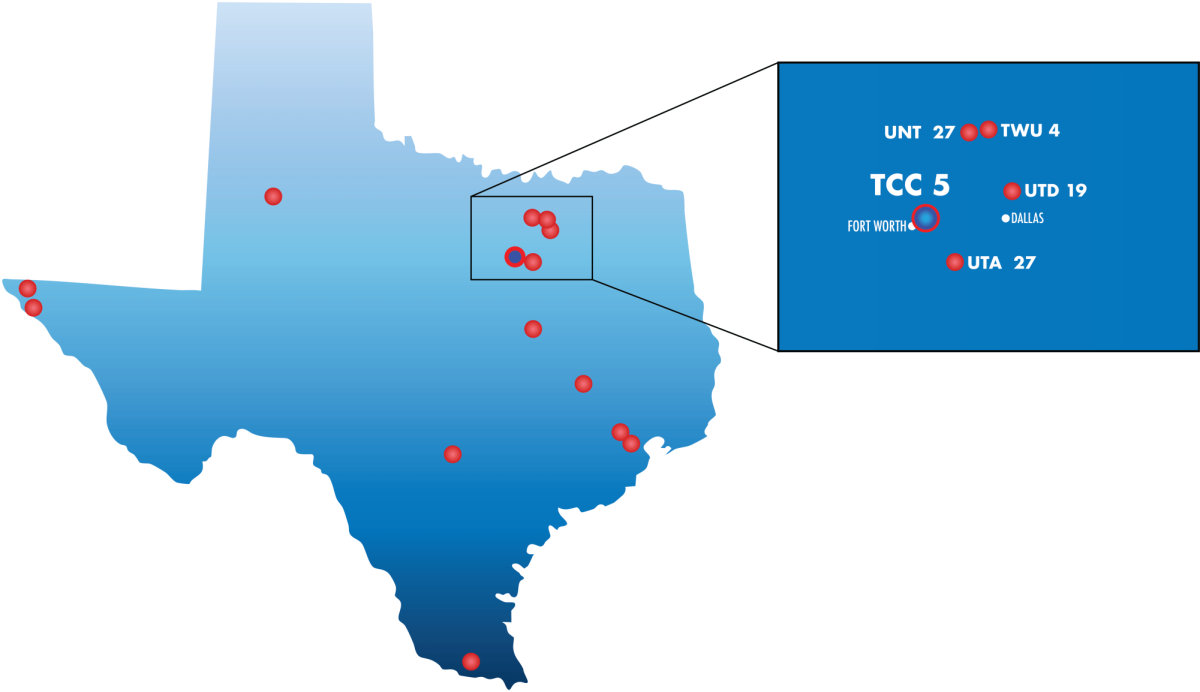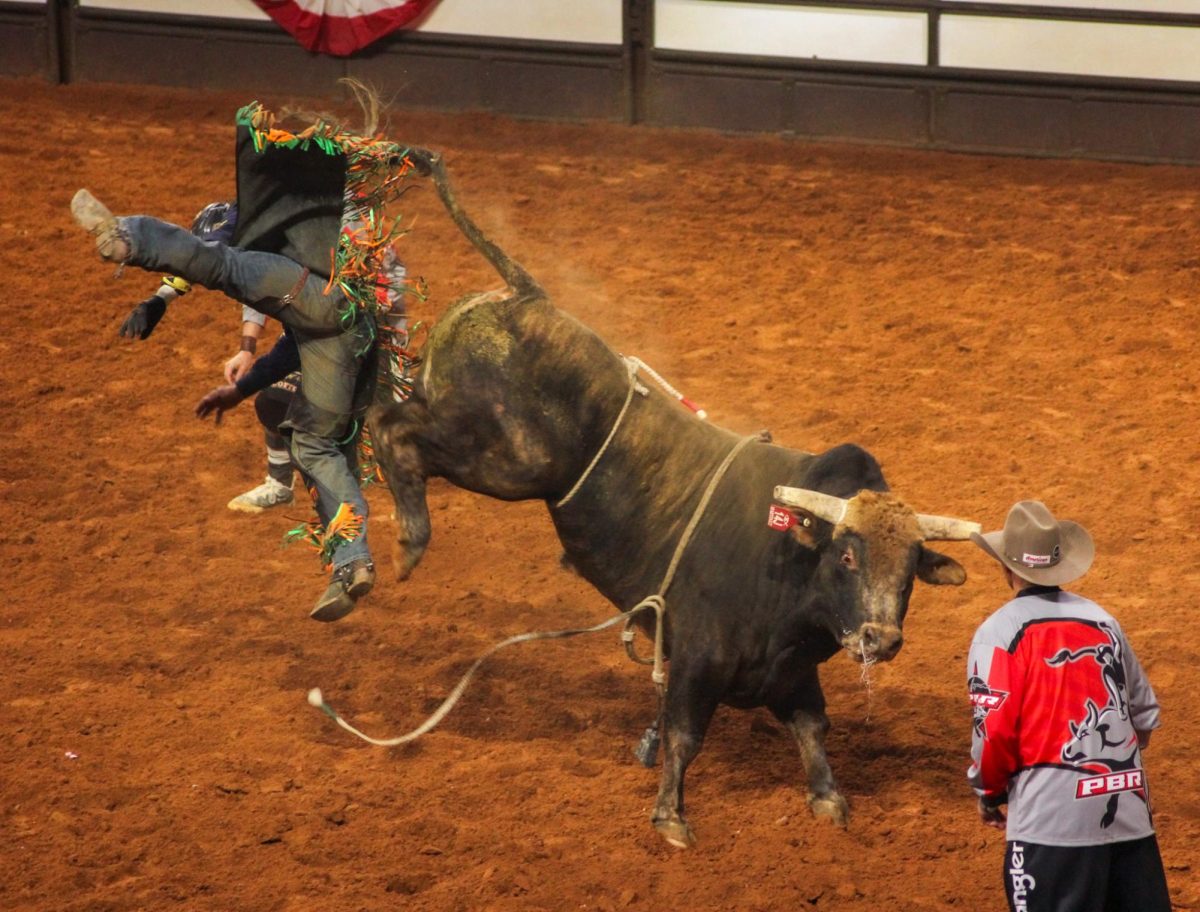By Madison Decker/reporter
It’s not if a crisis will happen in an organization, it’s when it will happen, an internationally published University of Central Arkansas professor told NW students as he gave them a look into the strategies of crisis communication.
J.J. McIntyre specializes in risk and crisis communication and has a special interest in chaos theory and school shootings as they relate to crisis communication.
McIntyre explained to students the benefits of being a communication major and how useful the degree is in not only in the field but socially as well.
“I realized what I was learning would serve me, not only in the professional aspect but my personal life as well,” McIntyre said.
Having good communication skills can make events such as work gatherings, funerals and meetings more comfortable. There are also many fields in which communications majors can choose to follow.
“Communication as a career isn’t one of those things that has a finite goal, but what it does offer is transferability,” McIntyre said. “And when the average person today will change jobs three-to-seven times, that’s a big benefit.”
McIntyre teaches communication in areas that many wouldn’t think of as needing professional communicators. Fields such as health communication is a huge employer as is dealing with toxic or aggressive personalities and conflict resolution, he said.
McIntyre had students demonstrate the five methods of image restoration theory which should be included in any crisis communication plan. A typical plan will include procedures to deal with denial, evasion of responsibility and methods to reduce offensiveness and to take corrective action, which could include just saying you are sorry.
One example McIntyre gave of reducing offensiveness was the method of differentiation. Differentiating between something like a campus shooting, and a shooting on campus can be viewed and responded to in very different ways.
Saying a “campus shooting” implies students or staff was harmed and it was intentionally done on the campus whereas a “shooting on campus” could have been an accident or a defensive measure that just happened to occur on a campus.
These different strategies and learning how to use them in times of great uncertainty is the key to crisis and risk communication.
Students were asked to join groups and practice using these different methods in order to fully understand them.
NW student Brianna Estes said she enjoyed getting to demonstrate these theories and learning more about the world of crisis communicating.
“I feel like it made me a more informed consumer when it comes to companies making these crisis statements,” she said.
Crisis by definition is unexpected so you cannot respond in a routine manner to one, McIntyre said.
“A crisis is like a grease fire. If you respond in a routine manner, it spreads and gets worse,” he said. “You must follow the outlines and fill in the rest based on the severity of the issue.”
McIntyre showed a image of Chinese symbols that translated to “dangerous/opportunity” as he explained that the Asian culture does not see crises strictly as risks but look at the opportunities they present.
“Western culture tends to focus on the negative aspects of crisis,” he said. “But if that’s all you’re thinking about, then you are failing to grasp the learning opportunities that are presented.”
































